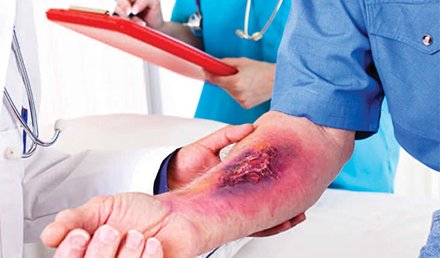Urgent message: Most burn injuries can be handled in an outpatient setting—if they are classified accurately, treated appropriately, and referred to a regional burn center when indicated. TRACEY QUAIL DAVIDOFF, MD A “burn” is defined as a traumatic, thermal injury to the skin and deeper structures. Some or all of the cells of the skin can be destroyed not only by heat but also by cold, chemicals, electricity, or radiation. Burns are the third-leading cause …
Read More

